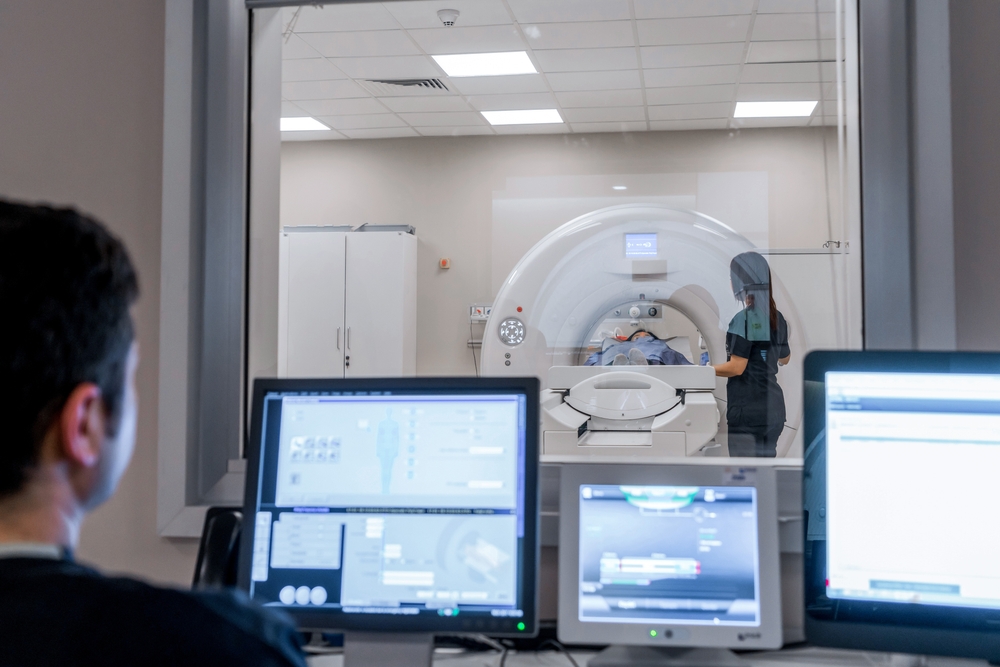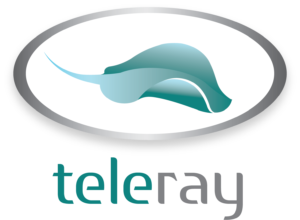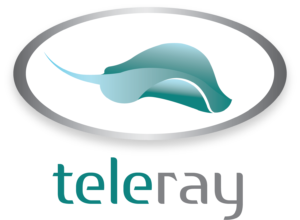Healthcare data is anything but static. From the moment it’s generated — at the point of an ultrasound scan, for example — health data is instantly injected into an ecosystem where mobility and accessibility are crucial. Personal Health Information (PHI) is endlessly valuable to patients, physicians, specialists, and even emerging artificial intelligence (AI) and machine learning (ML) technologies designed to help automate critical healthcare functions.
Data transmissibility and interoperability are gaining steam in healthcare, but they can’t come at the expense of data security. Getting data to and from various systems is critical, but not as much as getting it there securely.
Data security in the age of digital healthcare
In an era of regular data breaches, the concept of data security has never been more important for healthcare providers. The sheer volume of healthcare data is increasing rapidly. Providers must safeguard patient information, a challenging undertaking — especially during data transmission, which is critical for ensuring this healthcare data is available where and when it’s needed.
It bears repeating: Data transmission cannot come at the expense of data security. Healthcare providers must look beyond the point of capture and adopt data standards that safeguard PHI at every phase in the chain of custody, including storage and transit. As the healthcare industry embraces interoperability and data sharing, providers must adopt frameworks emphasizing protection.
Cognizant of the data security challenges providers face, TeleRay offers a proactive approach to data security. Specifically, we implement frameworks prioritizing data security across the spectrum of data handling: from capture to transmission to storage. Our telehealth platform is fully DICOM-integrated and HIPAA-compliant, ensuring patient data is secure during transmission. Plus, TeleRay has no stored PHI, which eliminates the risk of sensitive data breaches.

Transport layer security (TLS): protecting health data in transit
Healthcare data is private and valuable, making it a prime target for cybercriminals and bad actors. Protecting PHI at every level — including during data transmission — is critical to maintaining privacy and security. Healthcare providers must implement data standards that not only optimize accessibility and mobility, but also safeguard data against breaches.
Transport layer security is a widely adopted security protocol providing privacy and data security for communications over the internet. TLS encrypts web applications’ communication and servers, including email, messaging, and voice-over IP (VoIP), to protect against data breaches and other cyberattacks. Specifically, TLS encryption protects data by:
- Validating the authenticity of parties exchanging information
- Verifying the data has not been tampered with or forged
- Hiding the data from third parties
TLS doesn’t just mobilize data; it safeguards providers against liability. With the increasing pervasiveness of over-the-air interception, TLS makes certain data gets from one system to another securely — be it physician to physician, doctor to patient, or site to site.
TeleRay’s approach to secure data transmission
TeleRay takes a proactive approach to data security in healthcare by implementing frameworks for protection. To ensure the privacy and security of patients’ personal health information in transit, TeleRay utilizes a variety of state-of-the-art data security measures:
- TeleRay uses random AES keys for data packet transmission security. Clients generate a key at the beginning of the media connection, ensuring the encryption keys used to protect PHI are unique and not vulnerable to being guessed or intercepted by unauthorized parties.
- TeleRay employs an AES unique cipher with 256-bit keys to encrypt audio and video, making data significantly less susceptible to breaches or interception.
- HMAC-SHA1 is used to verify data integrity, confirming the data has not been tampered with during transmission.
- Transport layer security (TLS) encrypts both voice and video data, providing an additional layer of protection against interception and data breaches. The core protocols used for media traffic encryption are SRTP and DTLS-SRTP for key negotiation, both of which are defined by the Internet Engineering Task Force (IETF).
Overall, our approach to secure data transmission protects PHI at every stage of the data transmission process. By implementing strong encryption and key management protocols, TeleRay helps healthcare organizations maximize the privacy and security of their patients’ sensitive health information.
Protect healthcare data with TeleRay
There’s no substitute for security when it comes to healthcare data, which means there can be no compromising in the systems used to safeguard it. From the point of capture, to storage and retrieval, to transmission and accessibility of any kind, TeleRay’s carefully engineered system is not only secure and efficient, but also seamless and easy to use. It’s what happens when you marry a security-first approach with a commitment to patient and provider satisfaction.
To eliminate fear in the decision process, TeleRay offers an industry-first $2,000,000 breach policy to indemnify their customers against any breach actions. Feel safe, be safe, with TeleRay.
Learn more about TeleRay’s approach to data security at teleray.com.



